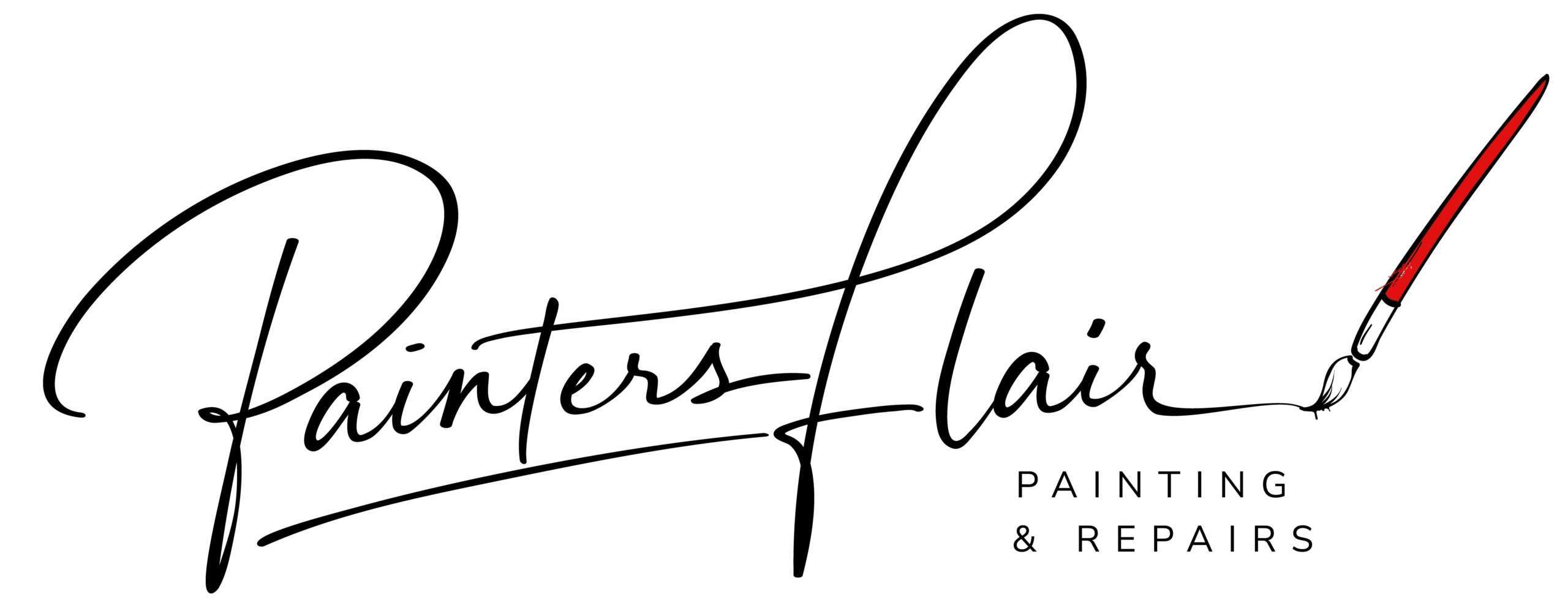
As with many things in life, often there is a silver lining in the cloud that’s raining on your parade. Many homeowners suffered loss during the 90s from having to replace the faulty Louisiana Pacific wafer board siding on their homes. While some homeowners were rewarded money for their losses some unfortunate homeowners who arrived late were rewarded noting. As frustrations rose to a deafening level during the nineties, most barely noticed the new product that was just entering the market.
During this period of time a new type of siding entered the market that offered the durability that most homeowners demanded. It was perfect timing for a cement based siding to enter the market. Many homeowners and builders rushed to buy Hardie Plank to replace the decaying siding that plagued the housing industry. Finally a siding existed that would probably outlast the owner. Most folks viewed this siding as an answer to prayer.
Most painters in our industry welcomed the siding. Not having to deal with swelling siding that wouldn’t hold paint, certainly made our job easier. While most homeowners and painters were excited about this new long lasting siding, most weren’t aware that keeping it caulked would become the new problem that everyone would talk about. The problem was and still is: How do you keep Hardie Plank caulked?
For homes that have exposure to sunlight and widely varying temperatures, keeping Hardie Plank properly caulked is a challenge. Hardie Plank expands and contracts a lot under these conditions. Most caulks simply do not have the elasticity to handle the expansion and contraction.
I have seen the expansion and contraction of Hardie Plank siding pull fresh caulk apart within 24 hours after application. It’s great siding to have on your home, but you better know what you’re doing when it comes to caulking all the joints.
You certainly can’t be economy minded with your purchase of caulk when Hardie Plank is involved, or you will be doing the job over again. Many painters and homeowners alike seem confused when selecting caulk for this siding. It has been my experience that you should be using caulks that comply with either ASTM C 834 or ASTM C 920. Applying a caulk that falls in this category is doing so within the manufacturers written instructions.
I personally prefer using an elastomeric caulk on my customer’s homes. Elastomeric caulks are made for masonry substrate surfaces. Sherwin Williams carries a product called Shermax Super Stretch Elastomeric Caulk that I find works well with Hardie Plank Siding. It has the elasticity to handle the constant expanding and contracting of Hardie Plank. All my crews are required to use this product and I see few problems with caulk separation.
One common problem that many homeowners find is the Hardie Plank itself was installed improperly. At least a 1/8 inch gap between siding and trim should be left by the installer to allow for a proper amount of caulk to be applied. The 1/8 inch gap is in accordance with caulking manufacturers written instructions. (leave 1/8″ gap between siding, trim and butt joints so adequate caulk can be applied.)
If less than 1/8 inch gap is available to apply caulk, then the caulk is too thin to handle the amount of stretching it must endure. I have seen Elastomeric Caulk separate where less than a 1/8 inch of a gap existed in the siding joints. Owens Corning also sells a very good caulk for this type application.
The last point I want to make is there are solutions to this common annoyance. As a painter it is your responsibility to deliver a product and service that will last. As a homeowner make sure you discuss your painter’s plans on how he is going to solve this common problem with Hardie Plank. This action will go a long way toward avoiding loss of time and money.
Nicky Taylor CEO of Painters Flair. Our web site is loaded with info and links. We have information for both homeowners and house painters.

